Description
The VF-Engineering supercharger system for the 997 Porsche is a result of 12 months of ongoing development and testing. The specification for this kit was set as:
• Bolt-on and reversible conversion
• All hardware must fit under factory engine compartment lid
• Non-invasive installation OEM quality
• 6 psi with air-water intercooling
• Hp target in the 996TT range with stock reliability and driveability
The VF-Engineering designers set about designing the billet supercharger mounting bracket with CAD software creating solid models of parts to be CNC manufactured. The bracket was designed to utilize OEM bolt patterns and requires no alteration or relocation of any engine parts to be fitted. Made from 6061-Tx aircraft grade aluminum the bracket mounts to factory machined surface points on the aluminum engine block for a precision fit.
A V2 model Vortech Engineering supercharger unit was chosen after consultation with Vortech engineers and matching the engine;s volumetric efficiency with supercharger compressor maps. The V2 unit contains helical-cut gears for super quite performance – virtually silent with the engine compartment lid closed. The V2 supercharger has a 20psi and 1000cfm maximum capacity and is an over-engineered part for this Porsche application which is geared to produce a conservative 6psi in the engine;s intake manifold.
The fastidious design of the supercharger bracket, positions the belt driven supercharger to maintain use of the OEM spring loaded belt tensioner. The serpentine belt routing was designed to maintain the correct rotation of all the accessories and maintain optimal pulley wrap for maximum friction.
The Vortech air to water intercooler (charge cooler) was integrated into the tight fit engine bay as means of reducing charged induction (boost) temperatures. Lower charge temperatures promote engine safety by reducing knock and improving the quality of the combustion cycle. Air charge (boost) from the supercharger is directed through the chargecooler core before entering the throttle body. The cooler core contains isolated channels circulating with water from a separate self contained system cooled by its own radiator. VF-Engineering integrated a Porsche OEM front radiator and front bumper vents into the kit. Water is circulated by means of an added OEM Bosch water pump through OEM Good Year water lines. Intake air temperatures in the manifold were measured to be approx 140 deg F even with ;spirited; driving at 118 deg F ambient temperatures in Arizona desert conditions mid-Summer. This dramatic drop in charge temperature helps the 997 create consistent power. For added safety the chargecooler is designed to perform continuously whilst the ignition is on.
Includes:
ECU Tuning
Upgraded Injectors
Vortech V3 Centrifugal Supercharger with self contained oil
Porsche OEM GT3 Front Radiator for air to water intercooler
Supercharger CNC Machined Bracket
Roto Molded Black Plastic Intake Tube
All required hardware – You need NOTHING Else
Important Documents:
Supercharger Preliminary Notes
Supercharger System Installation Instructions- Street Sport
Supercharger System Installation Instructions- Track Sport
Click Here for Installation
Stock vs Supercharged Performance
Specifications
Stock 997S
997S Supercharged
Cylinders
6
6
Displacement
3.8 L
3.8 L
Engine layout
Rear engine
Rear engine
Horsepower (SAE)
355 hp
510 hp
Torque (SAE)
295 lb-ft
380 lb-ft
Compression ratio
11.8 : 1
11.8 : 1
Top track speed
182 mph
185+mph
0-60 mph
4.6 sec
4.1 sec (est.)
0-99 mph
10.7 sec
8.7 sec
1/4 Mile
12.97 @ 110.69 MPH
11.45 @ 124.42 MPH
With all major components in place, the head of R&D at VF-Engineering set about shaping the air ducts from the filter to the throttle body. The intake pipe is specially tuned for its air flow characteristics and pressure relief system. Production pipes are manufactured from a lightweight molded high temperature polymer. The thermal insulating properties of the plastic pipes prevent heat transfer into the cooled charged air traveling inside them.
Engine management software was by written by GIAC with extensive testing completed. Multiple factors such as charge air temperatures, ignition timing, fuel trims, maps and injector performance were taken into account. The Carrera 2 and 4 test vehicles were extensively dynoed on the GIAC 4WD Mustang and monitored for wide band air fuel ratios at load levels often greater than would be experienced on the road. The results are an increase of 120 horsepower and 80 ft.lbs of fully useable torque.

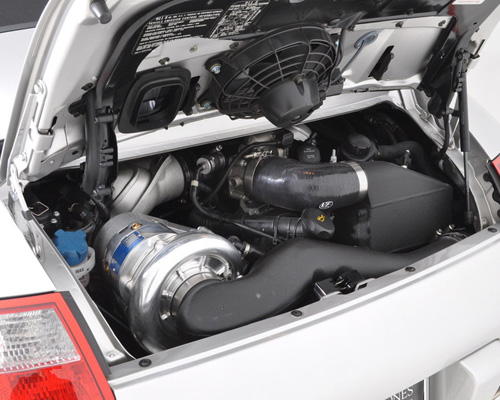
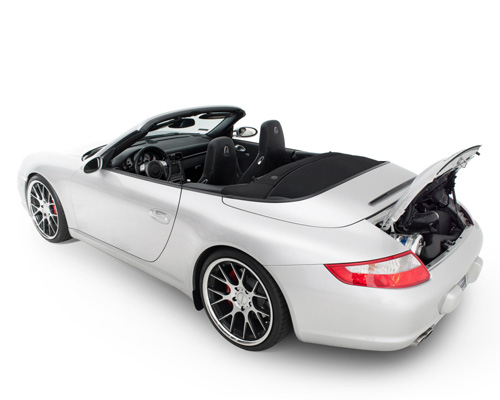
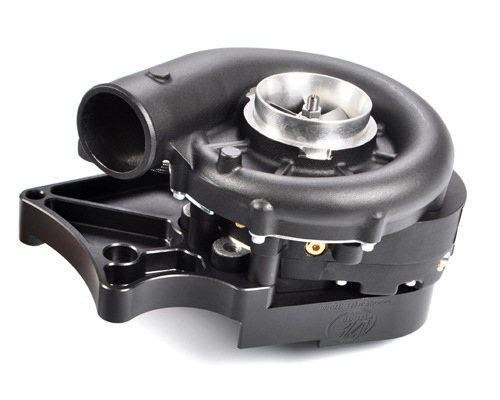
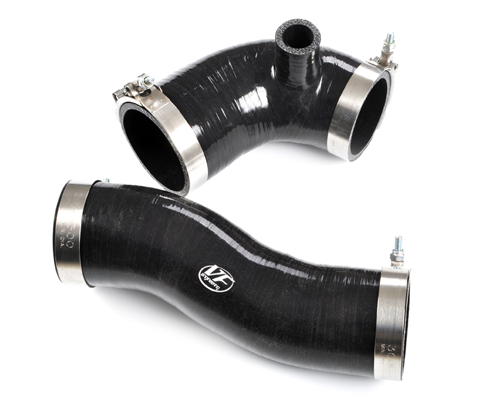
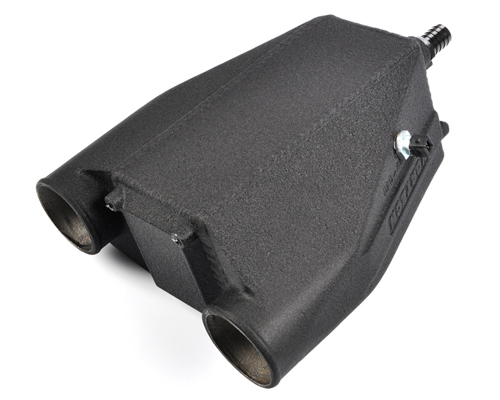

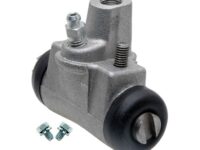
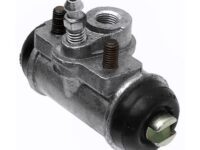
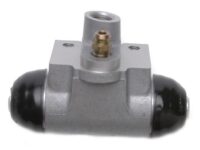

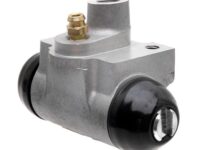
Reviews
There are no reviews yet.